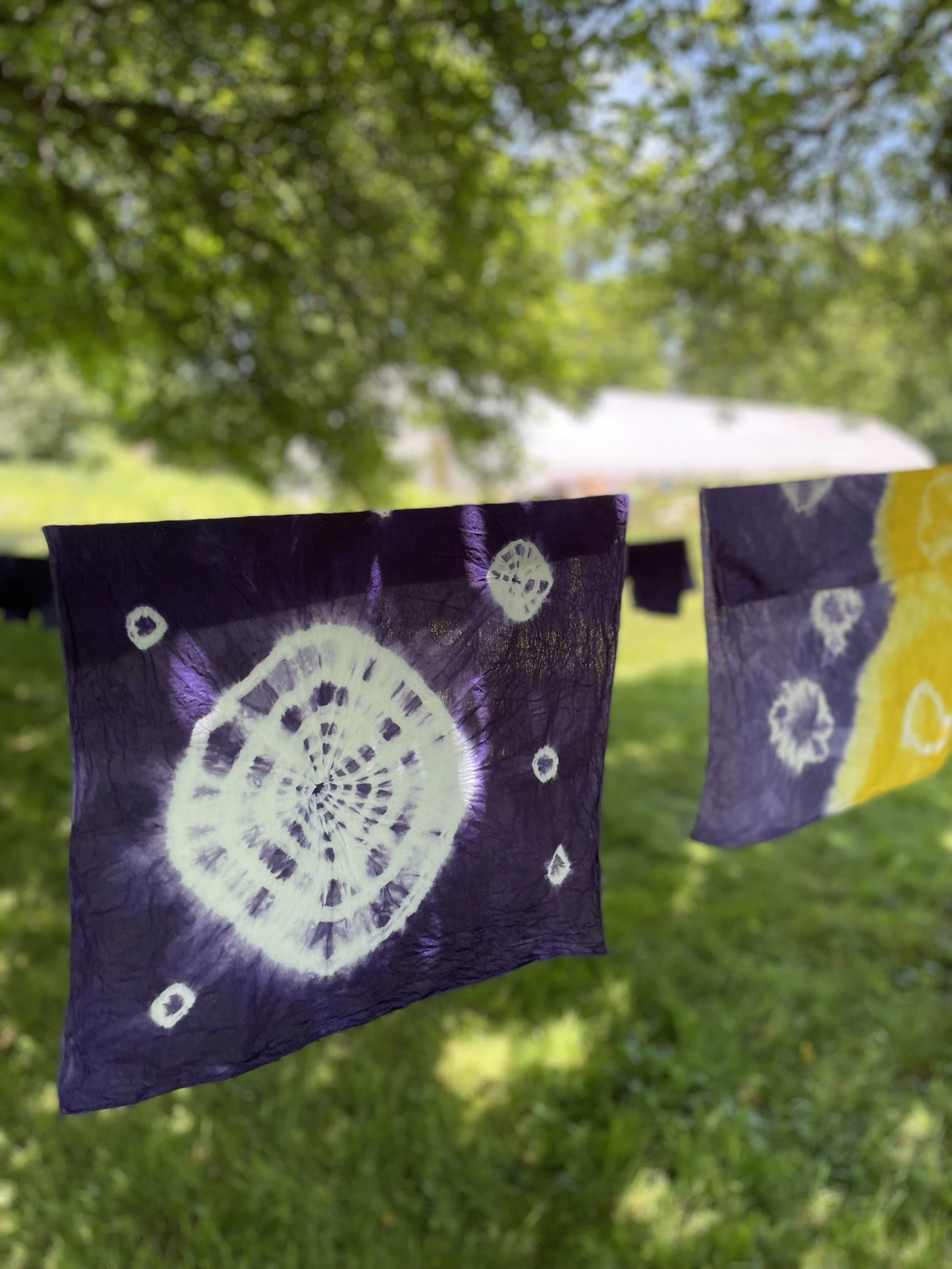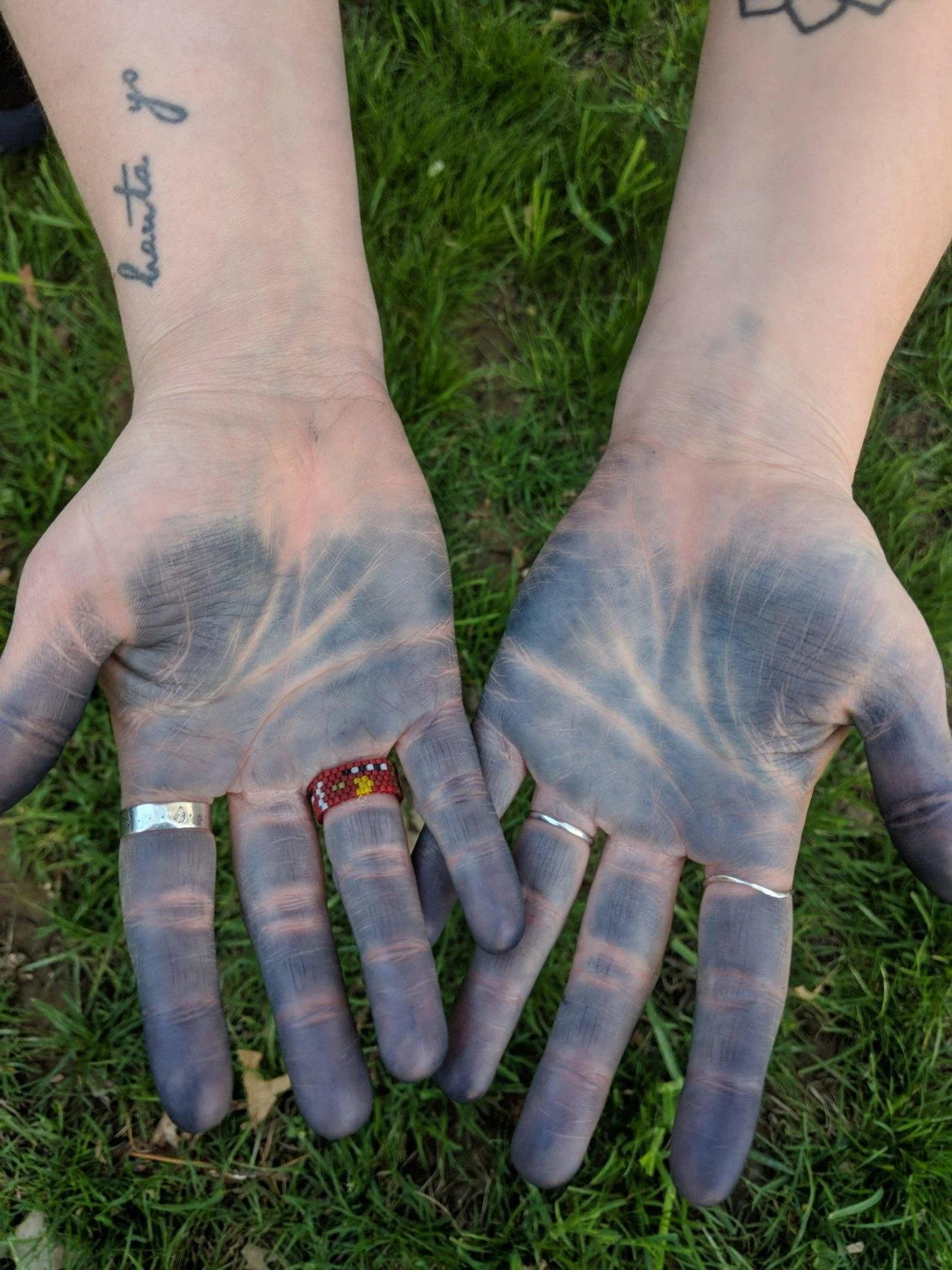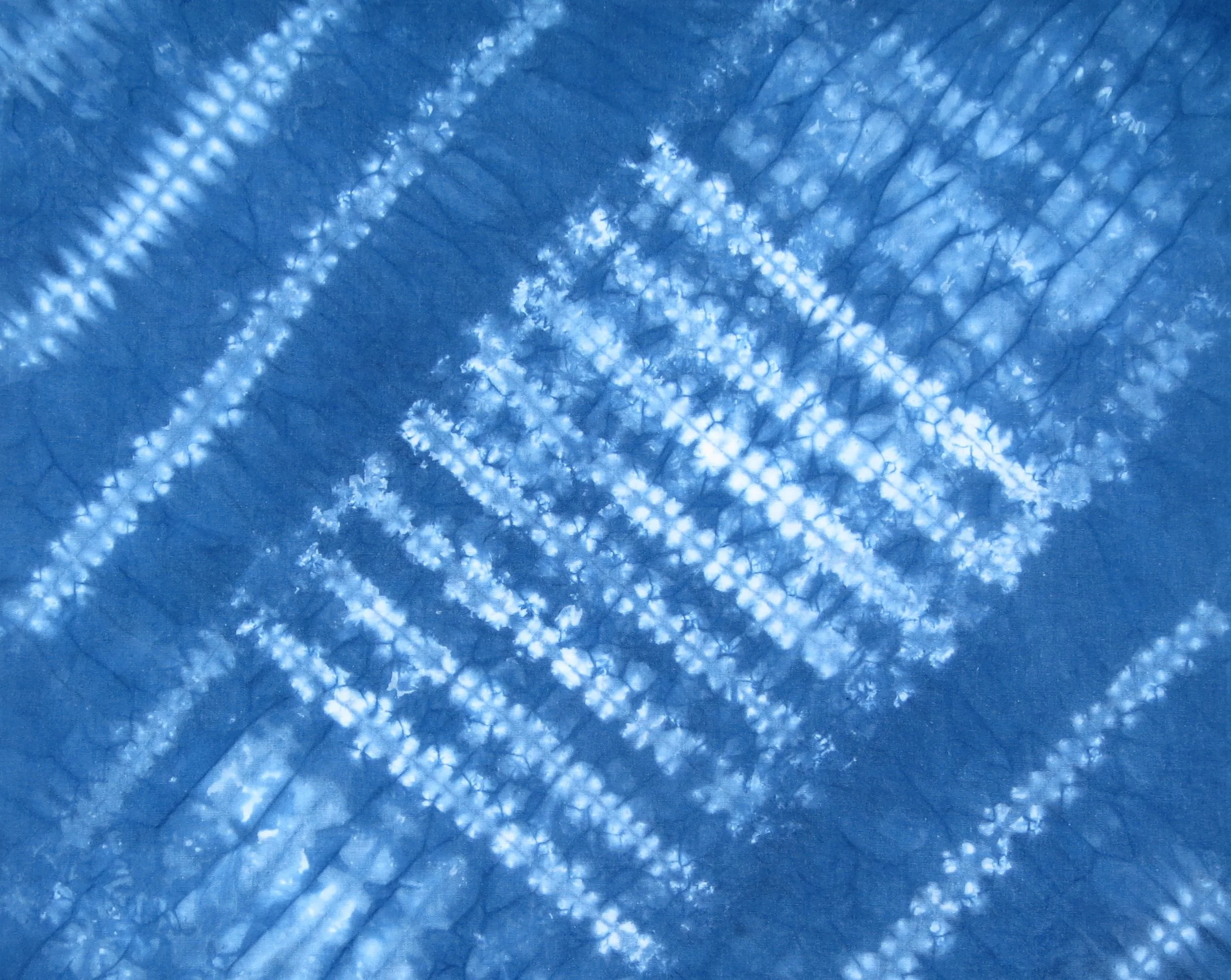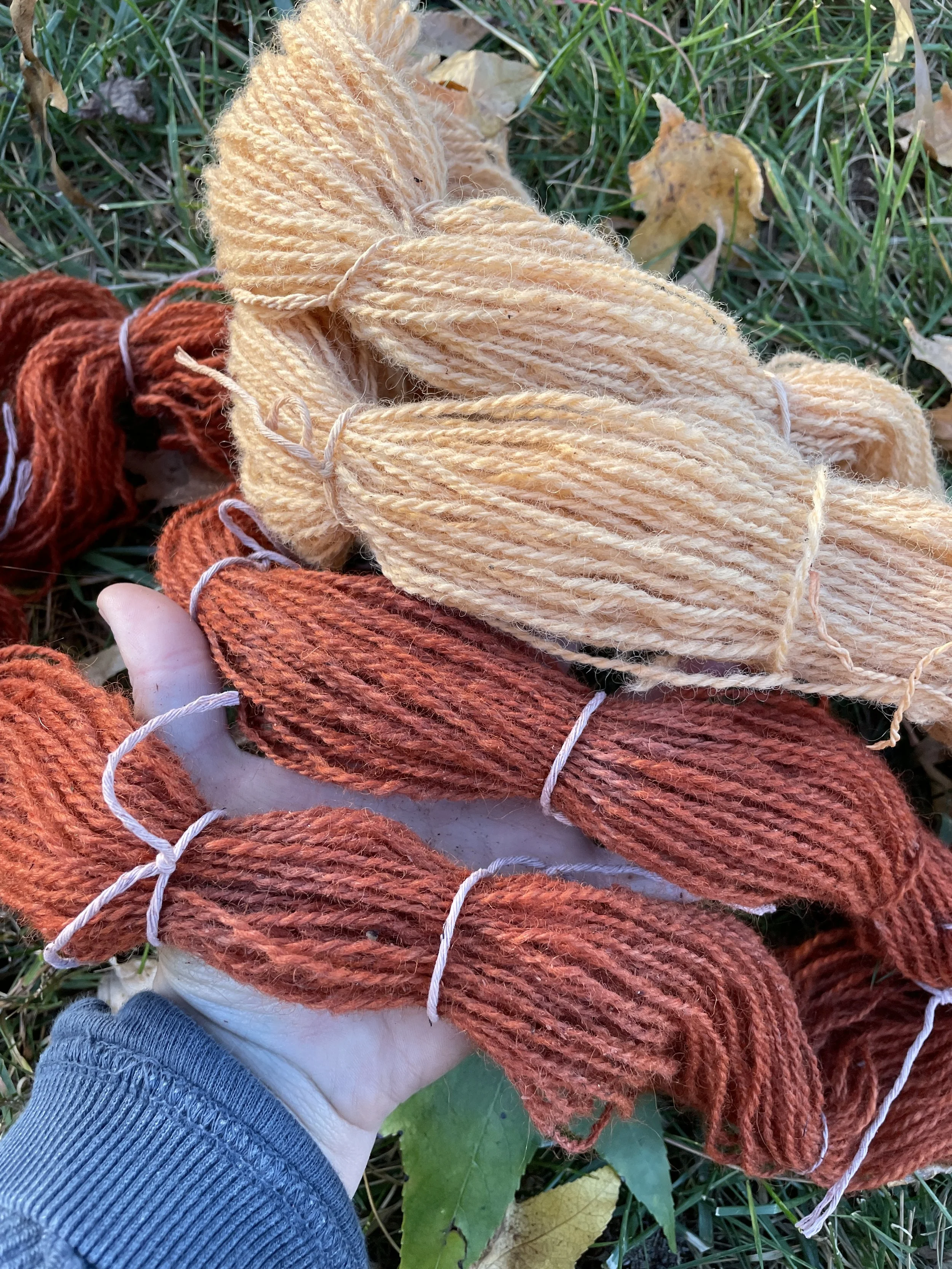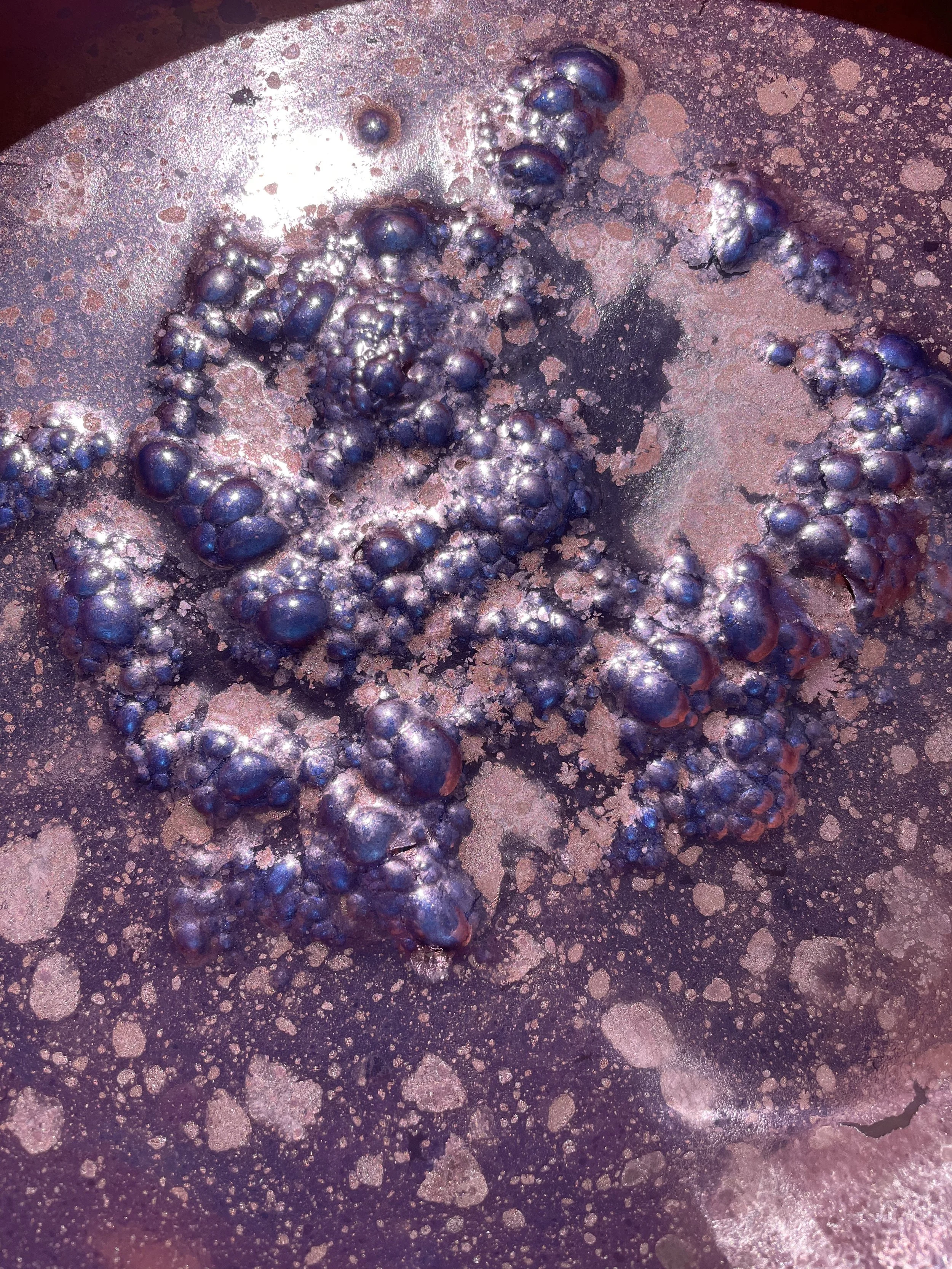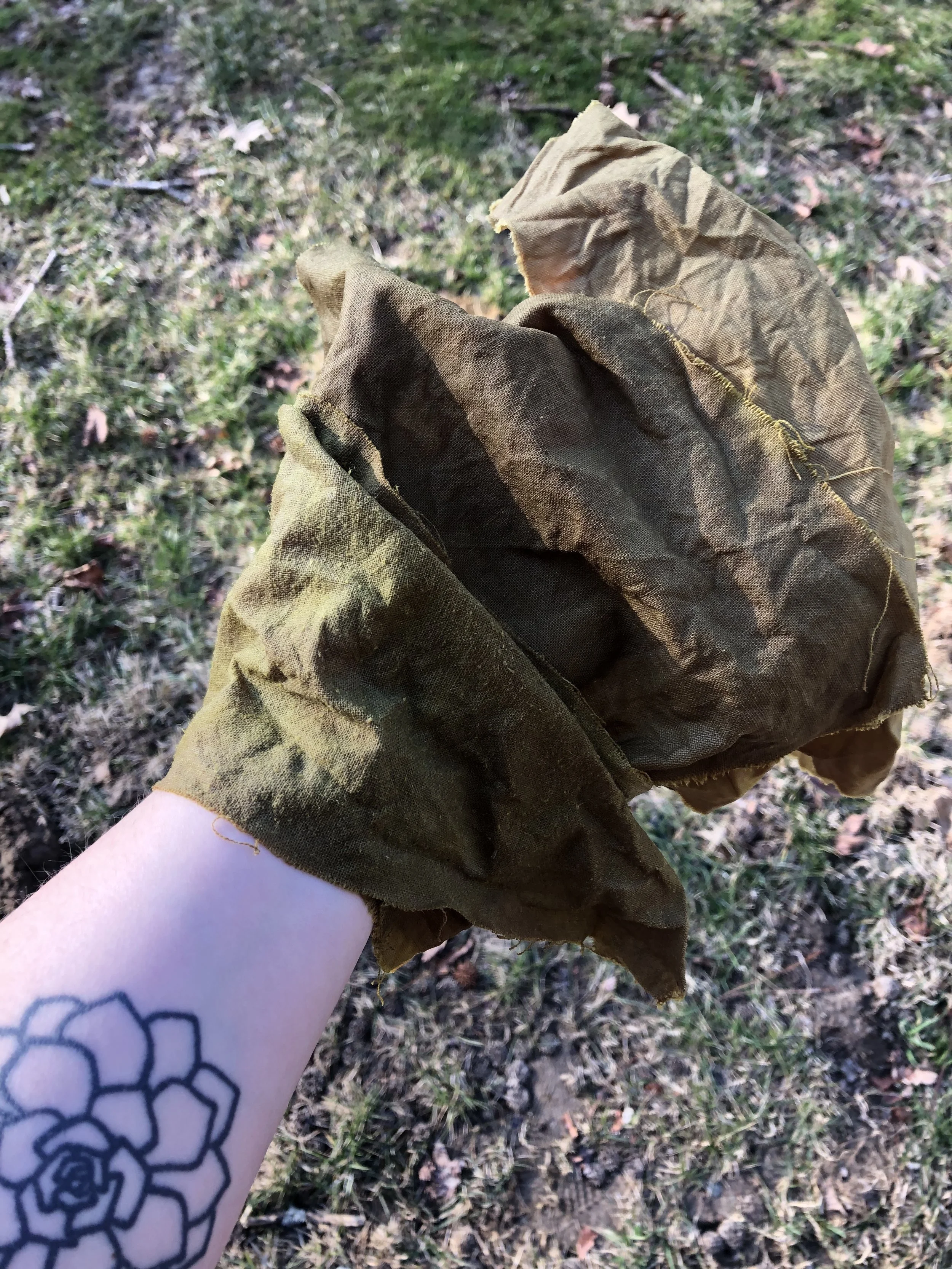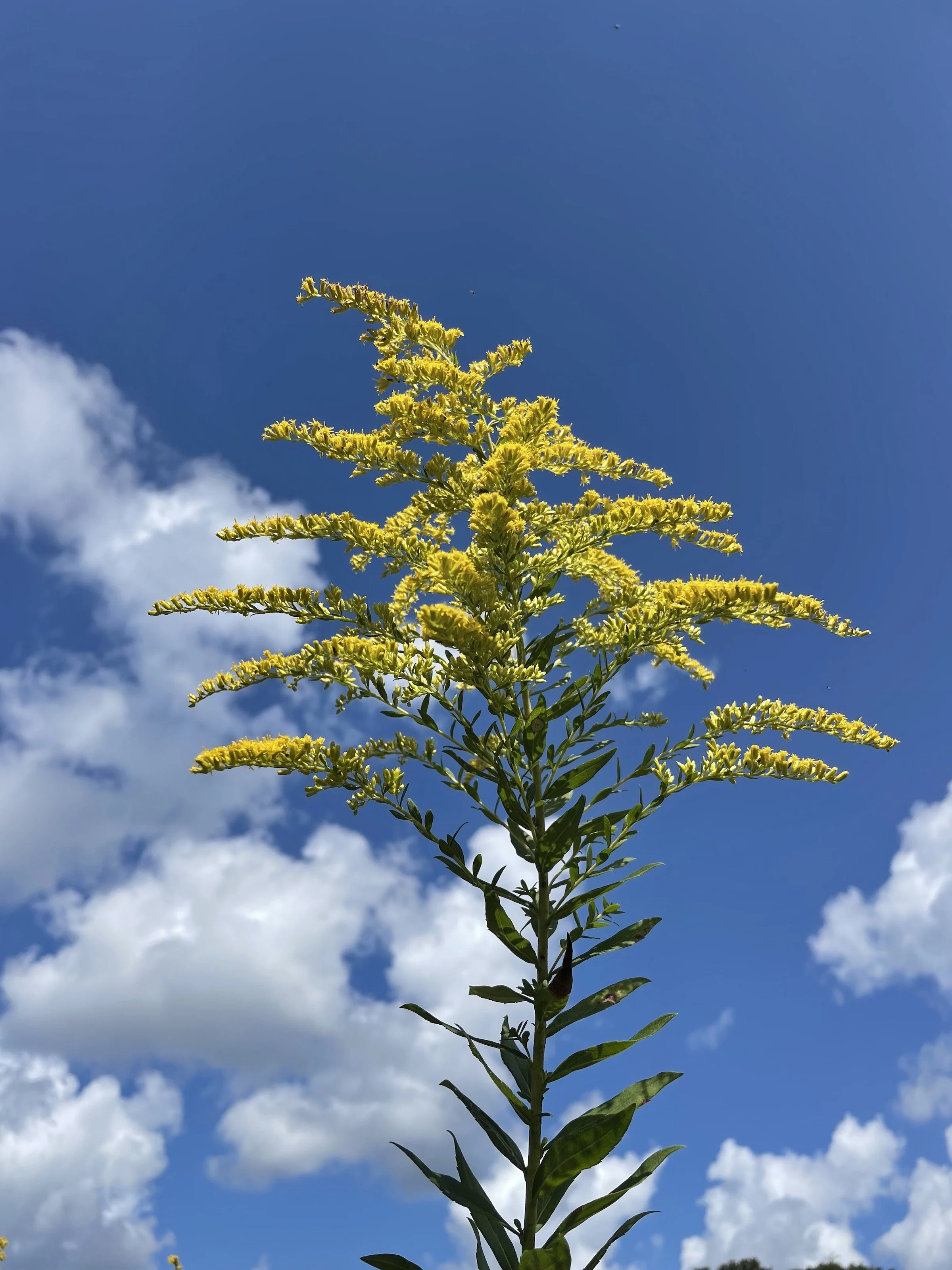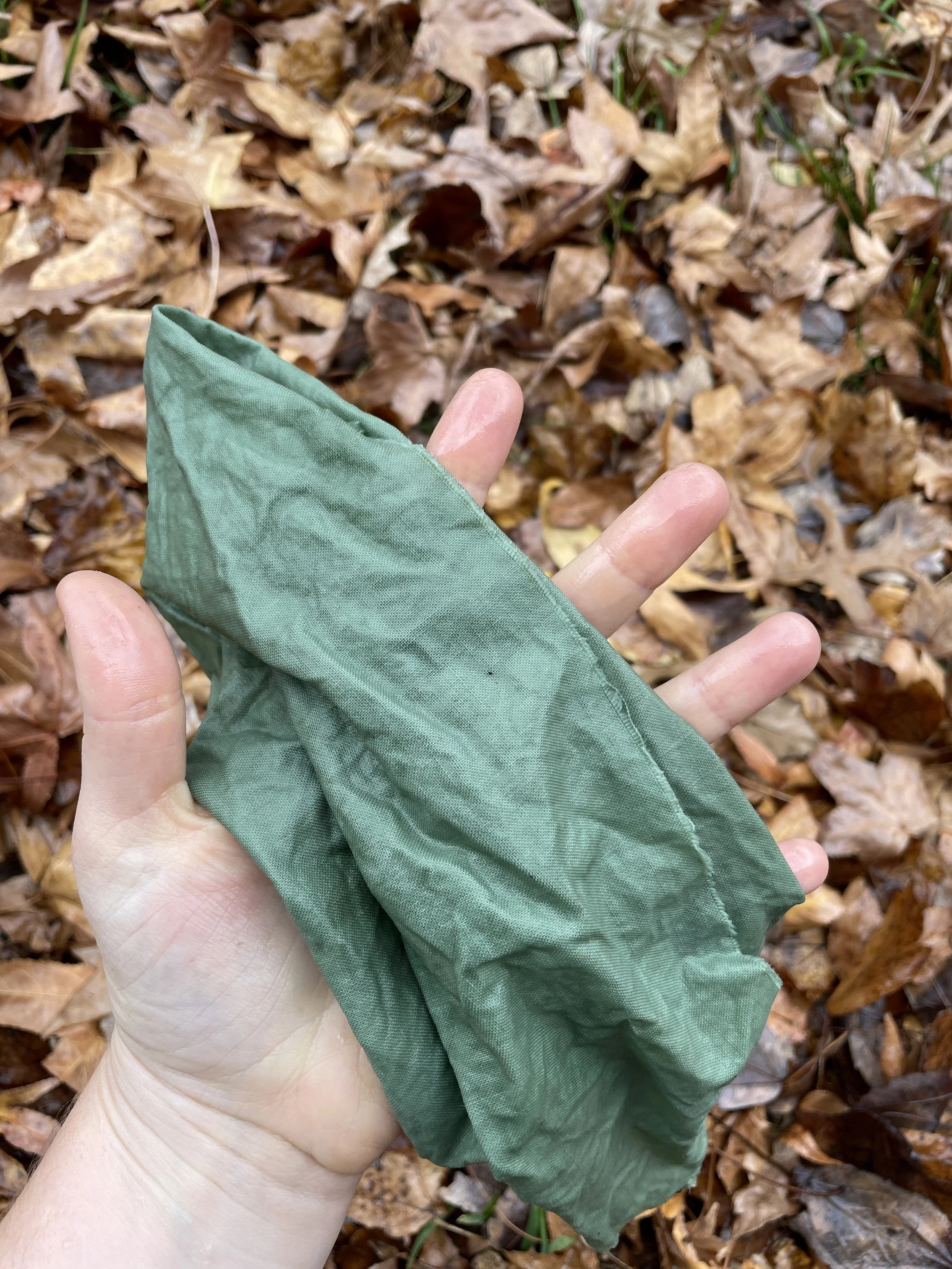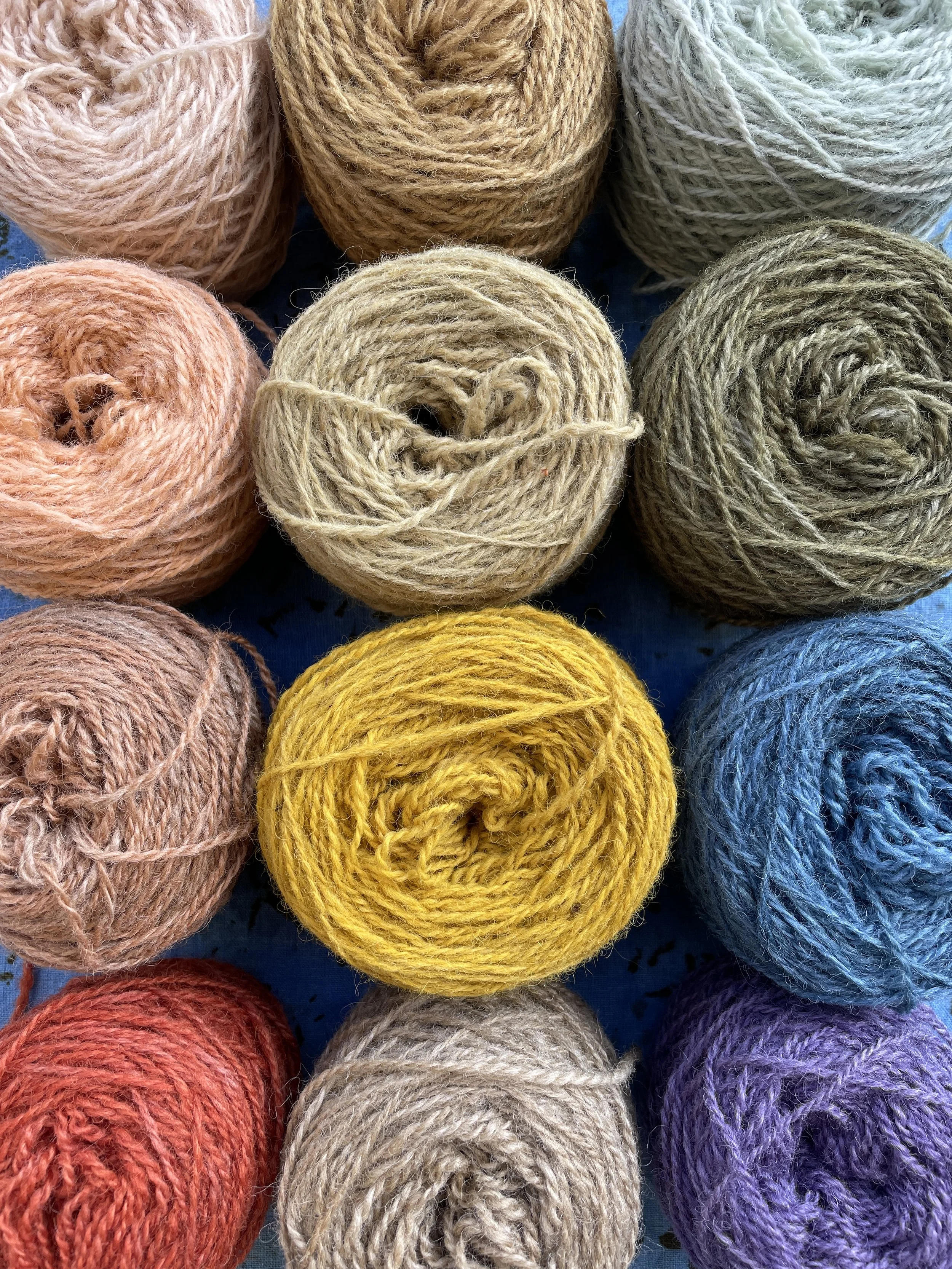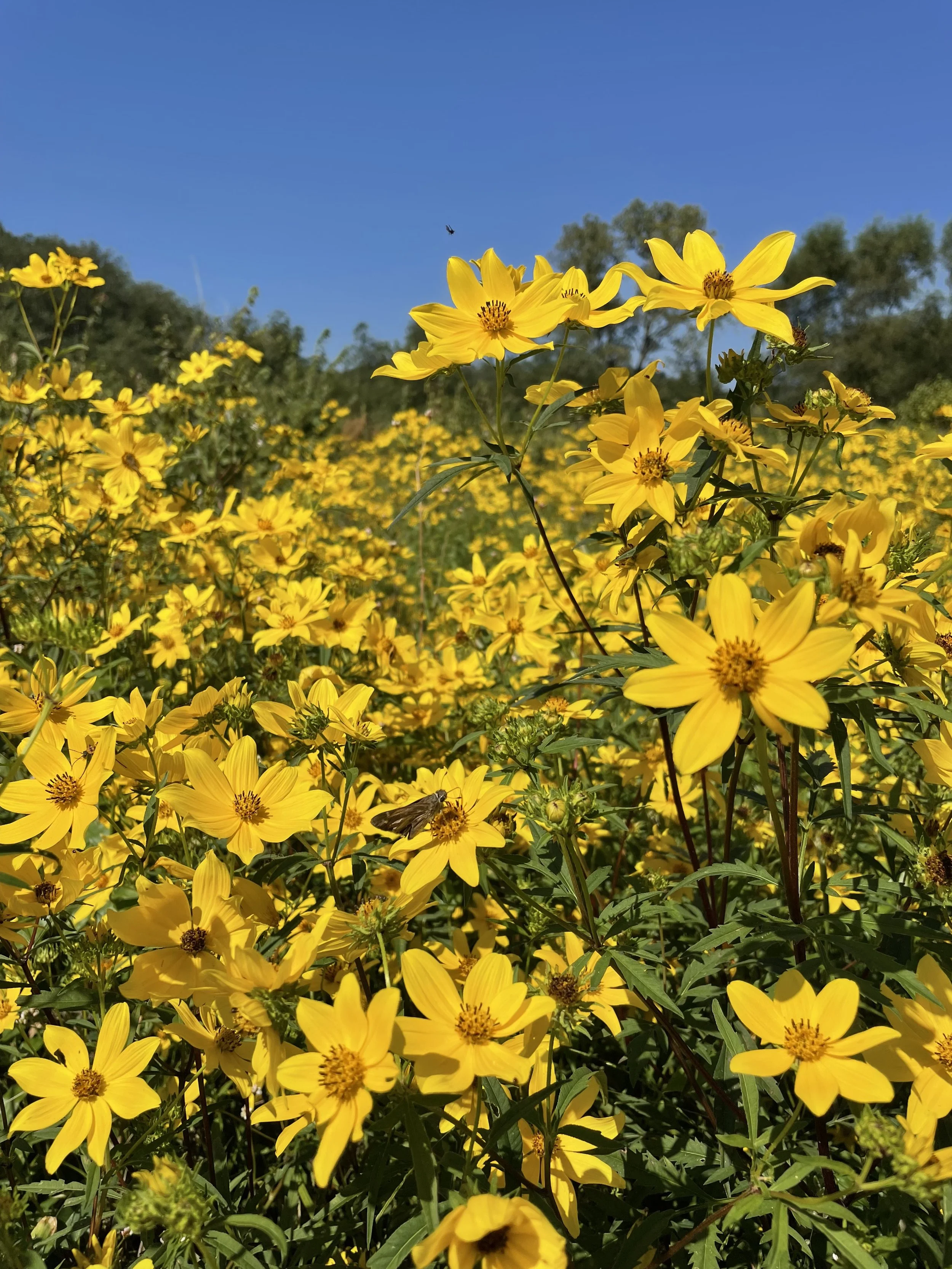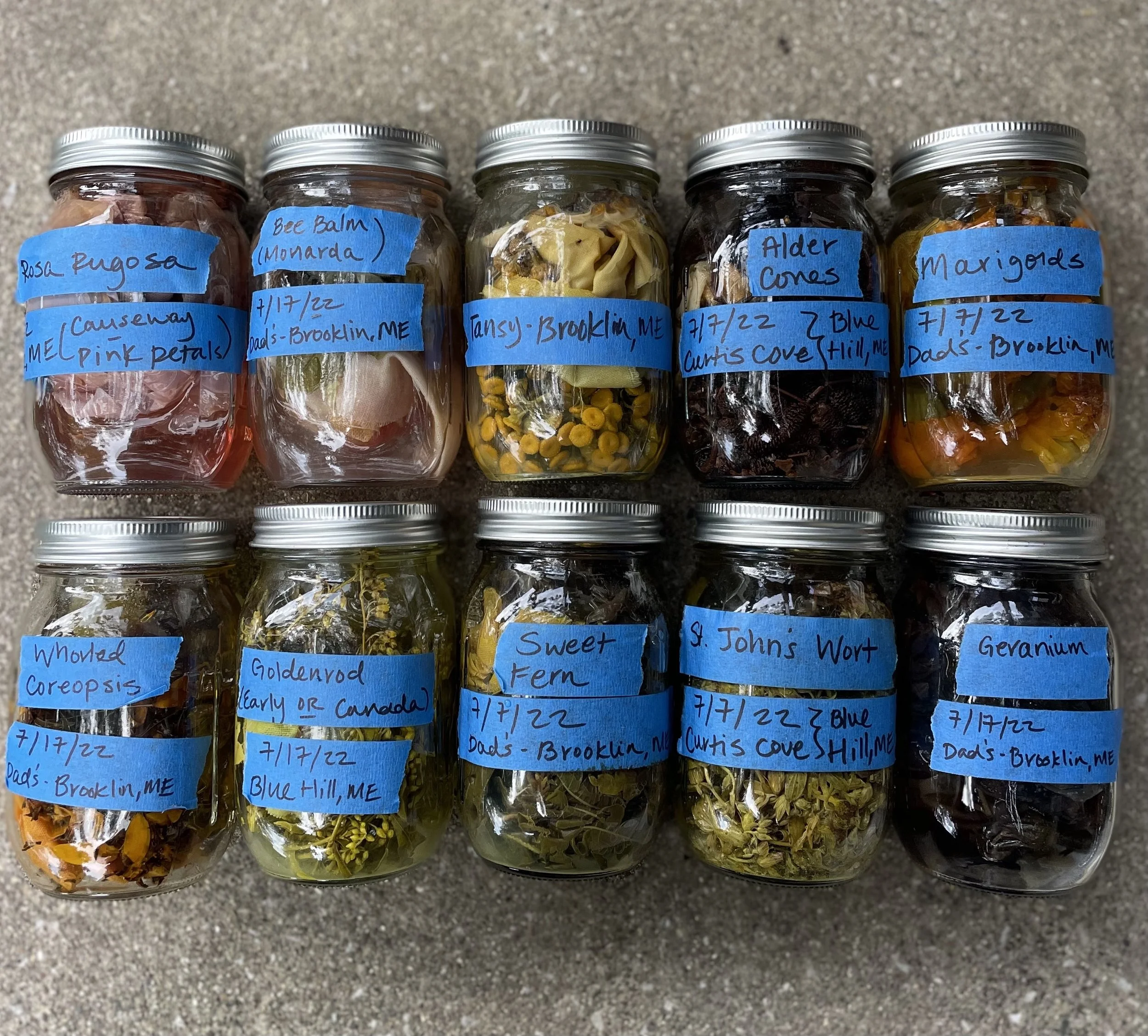natural dyeing
Natural dyeing is an ancient textile process that has been practiced for thousands of years around the world. Colors used in natural dyeing are often derived from various plant, mineral, and invertebrate sources, such as flowers, leaves, bark, wood, berries, roots, insects, fungi, lichen, food waste, and more. The discovery of synthetic dyes in the 19th century triggered a decline in use of natural dyes and an increase of commercially processed textiles, highly enabled by the industrial revolution. This shift away from natural processes and other variables helped to make the fashion industry the second largest leader of water usage. Synthetic dyes are both detrimental to the environment as well as our physical health, since our skin is the largest organ. Many years later, a movement began where people and artists meandered back to the land, hoping to create positive change and encourage others to learn more about the importance of natural dyeing.
Water is added to the dyestuff to create a dyebath, in which the colors from the source are extracted and intensified. Prepared (mordanted) fabric is then left to sit in the dyebath either with or without heat application, which allows the pigments to transfer to the fibers over time with patience. Colors and shades from dyes are dependent on location, soil, water quality, pH, and much more, meaning some colors may never be created exactly the same twice - this makes for a fascinating world of experimentation and letting go…
solar natural dyeing
Solar dyeing is a natural dyeing process that allows heat from the sun to create a dye bath inside glass jars. In the summer of 2022, I experimented with 11 different dye plants foraged from my Dad’s garden and surrounding region in Maine. Mordanted fiber was placed into the jars with dyestuff and filled with tap water, then left for several months for potent, concentrated dyeing. The resulting colors that this experiment yielded were not only interesting, but sometimes surprising. I discovered that some plants yield different shades when dyed normally over heat than in jars in the sunlight.
